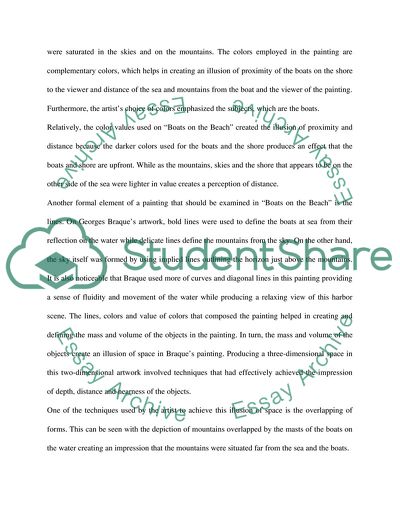Cite this document
(“Braque's Painting - Disregarding Forms and Focusing on Colors Research Paper”, n.d.)
Braque's Painting - Disregarding Forms and Focusing on Colors Research Paper. Retrieved from https://studentshare.org/visual-arts-film-studies/1729607-formal-analysis-and-discuss-the-iconography-of-georges-braques-boats-on-the-beach
Braque's Painting - Disregarding Forms and Focusing on Colors Research Paper. Retrieved from https://studentshare.org/visual-arts-film-studies/1729607-formal-analysis-and-discuss-the-iconography-of-georges-braques-boats-on-the-beach
(Braque'S Painting - Disregarding Forms and Focusing on Colors Research Paper)
Braque'S Painting - Disregarding Forms and Focusing on Colors Research Paper. https://studentshare.org/visual-arts-film-studies/1729607-formal-analysis-and-discuss-the-iconography-of-georges-braques-boats-on-the-beach.
Braque'S Painting - Disregarding Forms and Focusing on Colors Research Paper. https://studentshare.org/visual-arts-film-studies/1729607-formal-analysis-and-discuss-the-iconography-of-georges-braques-boats-on-the-beach.
“Braque'S Painting - Disregarding Forms and Focusing on Colors Research Paper”, n.d. https://studentshare.org/visual-arts-film-studies/1729607-formal-analysis-and-discuss-the-iconography-of-georges-braques-boats-on-the-beach.


